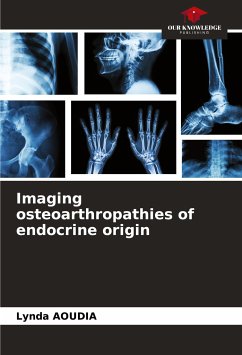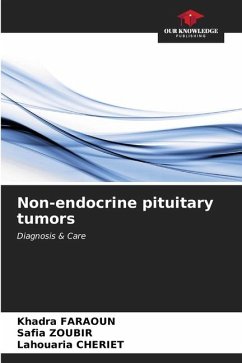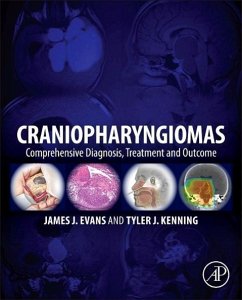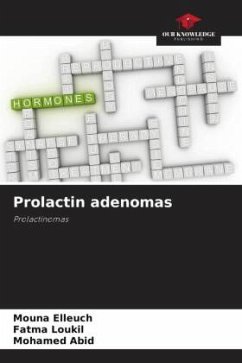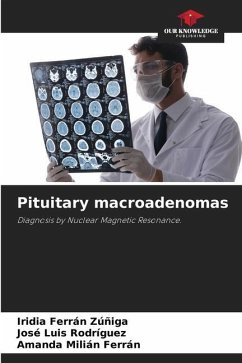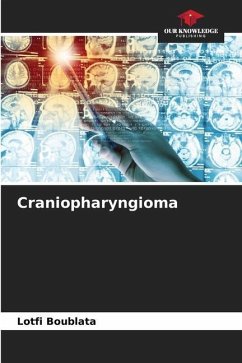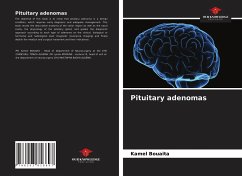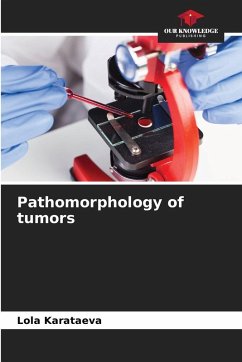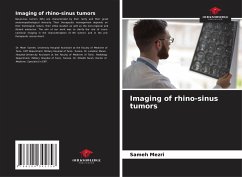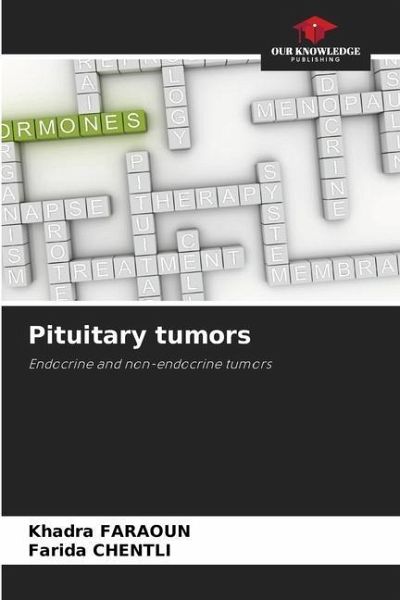
Pituitary tumors
Endocrine and non-endocrine tumors
Versandkostenfrei!
Versandfertig in 6-10 Tagen
40,99 €
inkl. MwSt.

PAYBACK Punkte
20 °P sammeln!
Pituitary tumors correspond to processes, generally histologically benign, developing at the expense of the structures and elements of the pituitary gland. These tumors are generally subdivided into glandular (endocrine) tumors called pituitary neuroendocrine tumors or pituitary adenomas (PA) and those developed at the expense of other structures, non-endocrine, such as meninges (meningiomas), sellar wall (chordomas), embryonic remnants (such as craniopharyngiomas), fat cells (lipomas) and vascular. These different types of tumors reflect the anatomical complexity of this region. They can be s...
Pituitary tumors correspond to processes, generally histologically benign, developing at the expense of the structures and elements of the pituitary gland. These tumors are generally subdivided into glandular (endocrine) tumors called pituitary neuroendocrine tumors or pituitary adenomas (PA) and those developed at the expense of other structures, non-endocrine, such as meninges (meningiomas), sellar wall (chordomas), embryonic remnants (such as craniopharyngiomas), fat cells (lipomas) and vascular. These different types of tumors reflect the anatomical complexity of this region. They can be sporadic or of genetic origin. Their clinical presentation depends on their location and the existence or not of excessive hormonal production.This book discusses the diagnostic strategy and therapeutic approach for each type of pituitary tumor.



